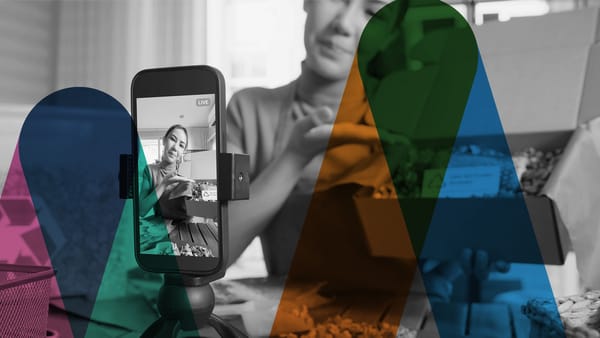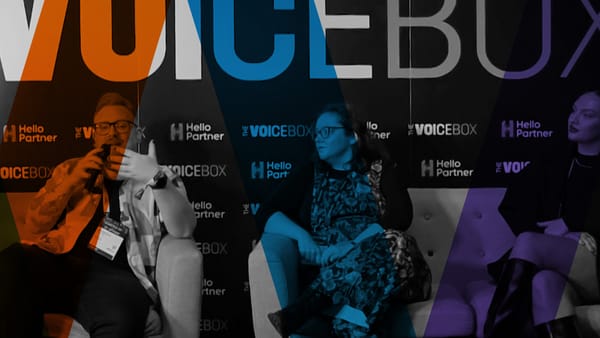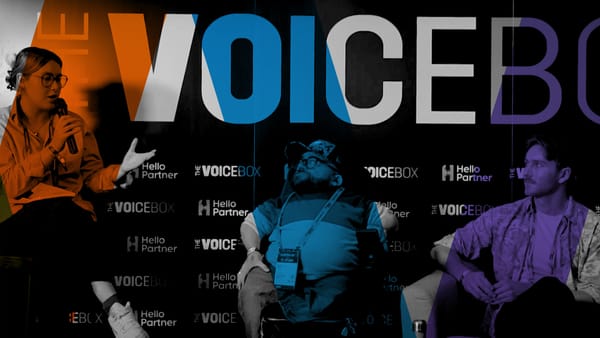Are you more likely to make a purchase after seeing an item advertised online, or after the item is recommended to you by a trusted friend or family member?
Our email and social media accounts are constantly inundated with algorithmically curated suggestions, tempting us with the items we are most likely to buy based on our online activity. And yet, even with the prevalence of this calculated and highly targeted technology, people are still more likely to make purchase decisions based on the advice or suggestions of other, trusted people.
Humans have relied on word of mouth since day dot. Whether it was a ‘don’t eat that mushroom, it’s poisonous’ game of Palaeolithic charades or a simple ‘there’s a better cave over there’ grunt, it’s safe to assume that we have put trust in our peers in order not just to survive, but thrive, for hundreds of thousands of years.
These days, with Google at our fingertips and a highly-organised society around us, we don’t rely so much on our peers for survival; with that taken care of, we turn to them for entertainment, to eke out how best to spend our leisure time and occupy our ever-busy, highly evolved brains. In the marketing world, we spend our days obsessing over how best to obtain the attention of as many brains as possible and convert that attention into action.
As humankind has evolved, so has marketing; from noisy market stall callers to print advertising, from Facebook ads to Instagram and TikTok influencers and everything in between. We flit from trend to trend, pulled by the masses and the ever-present lure of finding that unicorn marketing technique; you know, the one where you put minimal resources in and get maximum returns. And in all this flitting, all this pursuit of the newest, shiniest way of doing things, we forget that most powerful, most basic of tools: peer-to-peer word of mouth.

That community of trust, of honest, basic human communication inherent in marketing’s ‘word of mouth’ golden egg has grown into the Tandem Collective; thousands of people across the globe who all act as influencers in the purest, most positive form because they love what they’re reading, watching, or doing.
Many voices make more noise than one; so why do so many marketing team leads still insist on funnelling resources into just one expensive, high-profile influencer chosen purely for their high follower count, and measuring success via ‘likes’ on a piece of content? These are, to put it bluntly, vanity metrics; they aren’t meaningful. High follower and like counts don’t equal engagement or conversion; they simply cost more and, at worst, could be damaging to your business or brand.
But if it’s that simple to build a thriving business purely on peer-to-peer marketing, why isn’t everyone doing it? Because we are all guilty of hanging onto an internalised, deep-rooted fear that it can’t be that simple. We have a picture of the consumer in our mind which isn’t reflective of the human being that that consumer is. We are told they only have an eight-second attention span, or that unless someone super famous is talking to them, they won’t listen. We are told to hound them at every opportunity – to follow them around their online daily routes, always a couple of steps behind and desperately trying to get a few steps ahead so we can burst out of a cyber doorway and surprise them with our very exciting advert for that thing you clicked on five weeks ago.
Data is familiar, reassuring ground for us marketing folk – but we don’t see enough data on peer-to-peer marketing to feel confident in prioritising it. So here’s some:
● HelloSociety has found that micro-influencer campaigns see 60% higher engagement rates than those with larger followings. Notably, the ratio of likes and comments to followers peaks when an account has around 1,000 followers. Our own data shows the same.
● Accounts with under 1,000 followers have an average conversion rate of 1.46% compared to accounts over 21,000 followers which have an average conversion rate of only 0.61%.
● The average TikTok engagement rate is between 3-9%; one of our most recent TikTok campaigns focusing on micro-accounts and organic content had an overall engagement rate of 23.7%.

It is responses such as these that are reflective of a genuinely organic and self-sustaining community which continues to build itself. The data is there, the testimonials are there, and the opportunity is there for the taking. It just takes a little leap of faith – a step backwards, back towards true human communication and connection – in a world which is programming you to constantly leap forwards. The more of us who break this cycle, the more of a reward we all reap, as marketers, as consumers and as citizens in a changing world where our focus once more has to be on real, human connection in order to survive and thrive.








